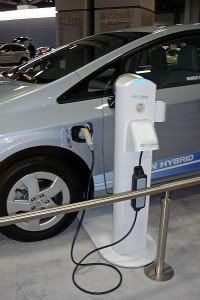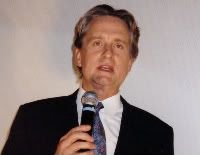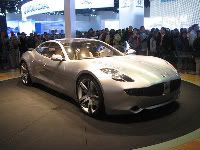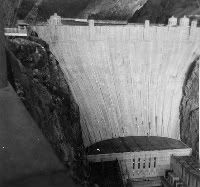Hot Webinar on Power Transmission
I try to stay up on the more exciting goings on in power transmission because of its obvious relationship to the penetration of clean energy generally. Less than 2% of our current grid-mix in the US is renewables at this point, and so such issues like smart-grid, high-voltage DC, unification of the three major US grids (600 gigawatts in the east, 240 gigawatts in the west, and 70 gigawatts in Texas) – as well as related areas like energy storage – are all but moot at this point. But, if we’re serious about installing more wind and PV – not to mention geothermal, run-of-river hydro, solar thermal, etc., this whole subject will soon become critically important. (more…)


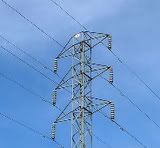



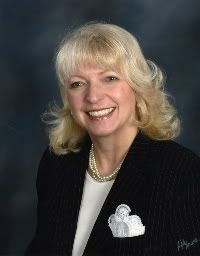 What is your contribution to the world?
What is your contribution to the world?![[The Vector] Green Technology Offered in New College Program](http://2greenenergy.com/wp-content/uploads/2011/01/college-students-dreamstime1-e1295205604325-300x199.jpg) Looking to future
Looking to future 
